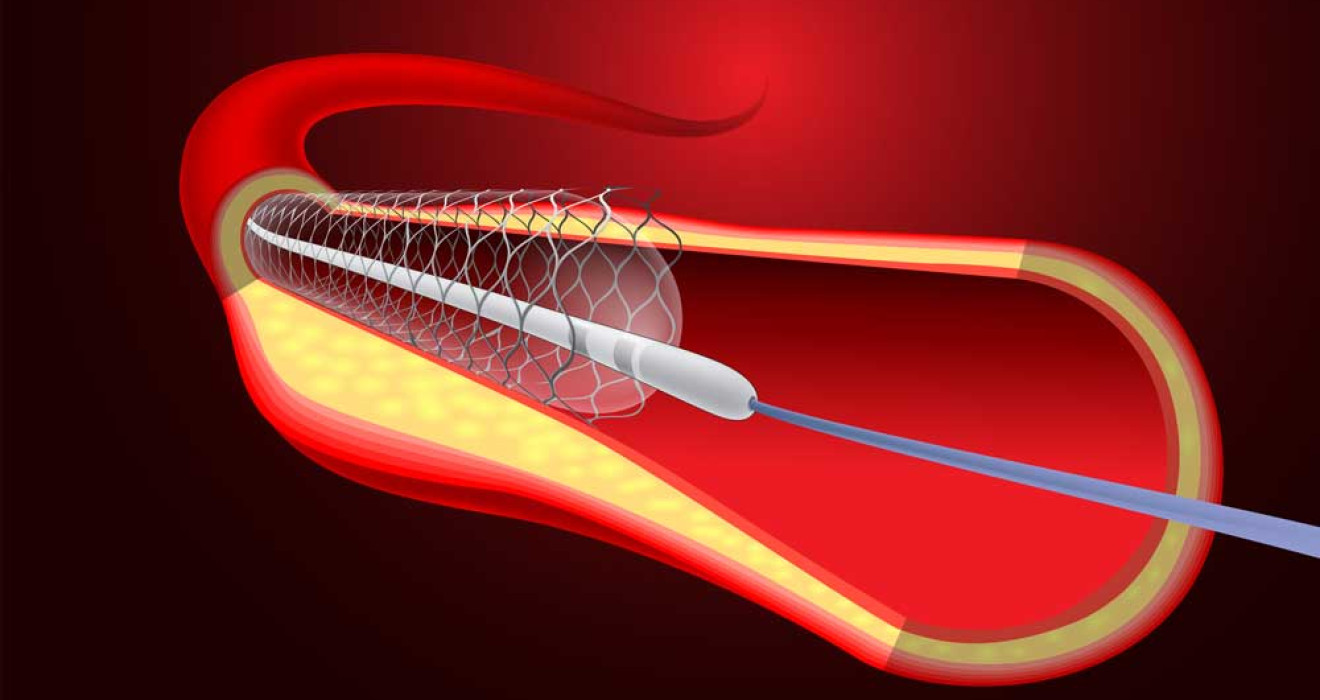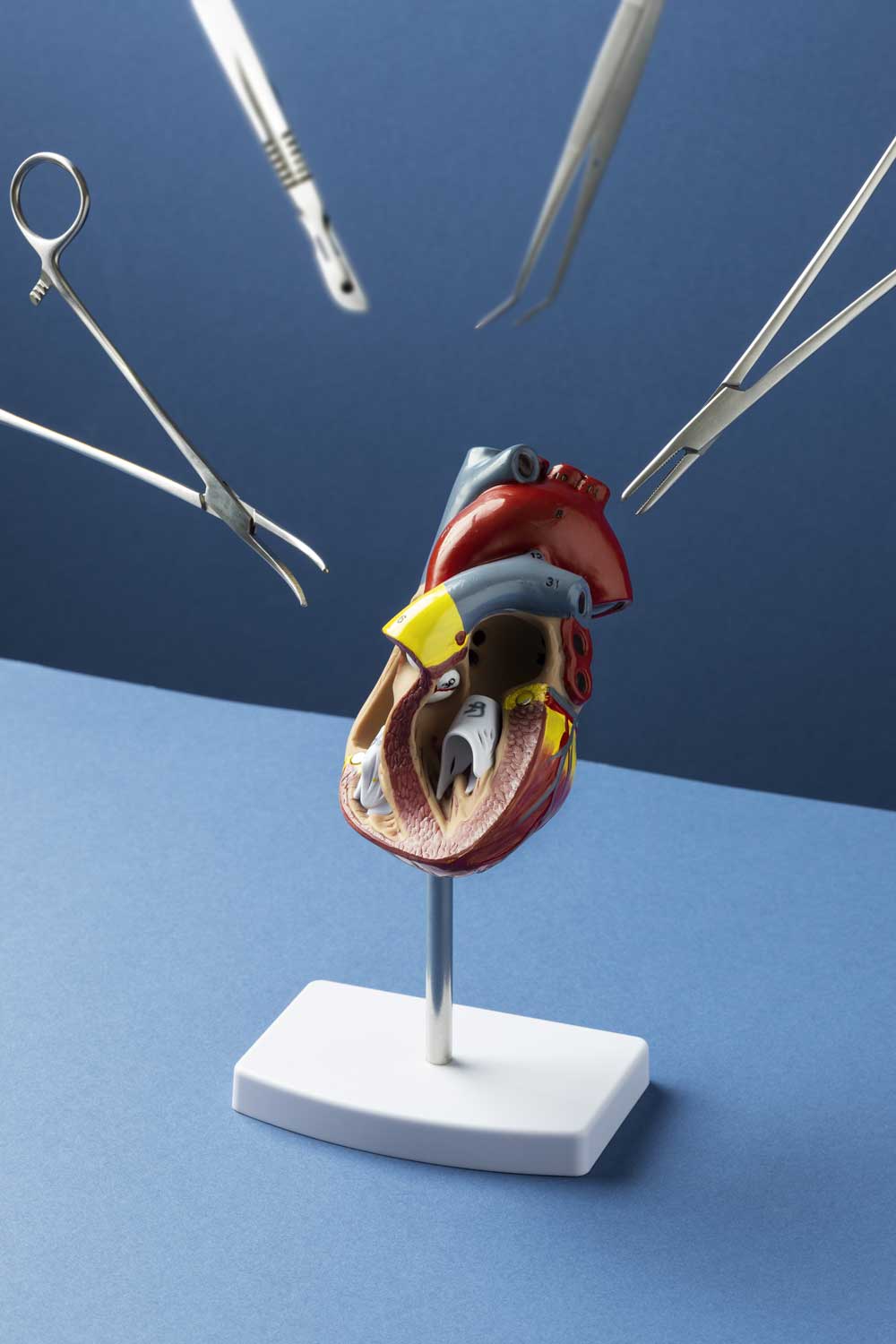
Stent: What Is It, Why Is It Placed, How Is It Placed?
Rapid advancements in medical technology have allowed for the development of new and effective methods for the treatment of heart and vascular diseases. One of these methods involves the use of medical devices called "stents." Stents are used to widen and regulate the blood flow in narrowed or blocked arteries. They are crucial tools in reducing the risk of heart attacks, alleviating pain, and correcting circulation problems.
What Is a Stent?
Stents are defined as thin tube-shaped or wire-like structures made of metal or plastic. They are used to open up and expand blocked or narrowed blood vessels.
Stents are placed on the inner surface of the blood vessels and are then expanded and secured in place. This process opens up the vessels, improves blood flow, and enhances the patient's quality of life.
What Are the Types of Stents?
Stents are produced in various types to meet different medical needs and applications. Each type of stent is used for a specific purpose and is selected by the doctor based on the patient's condition. The types of stents include:
- Bare-Metal Stents: These stents are typically made of materials like stainless steel or cobalt-chromium. They are used to expand and open up the narrowed portion of the artery during a procedure called balloon angioplasty. Once placed, they remain in the artery permanently.
- Drug-Eluting Stents: Drug-eluting stents are versions of metal stents with a drug-coated surface. The drug layer is designed to prevent the artery from re-narrowing within the vessel, reducing the risk of restenosis (re-blocking). Drug-eluting stents are commonly used in the treatment of coronary artery disease.
- Bioresorbable Stents: These stents are made from materials that gradually dissolve within the body after a certain period. While they support vessel expansion initially, they are absorbed by the body over time.
- Closed-Cell Stents: Closed-cell stents consist of wire-based closed-cell structures. They are used in cases where the blood vessel has irregularities or blockages. Closed-cell stents effectively expand narrowed or blocked areas and are commonly used in cases where there is a risk of vessel rupture.
Stent Placement: Why and How Is It Done?
Stents are used for various medical conditions, including the following:
- Coronary Artery Disease: Coronary artery disease, which results from the blockage or narrowing of heart blood vessels, increases the risk of a heart attack. Stents are placed in blocked areas to regulate blood flow and reduce the risk of a heart attack.
- Peripheral Artery Disease: Blockages in leg or arm arteries can lead to pain, fatigue, and limited mobility. Stents are used to open these arteries, improve circulation, and alleviate symptoms.
- Brain Artery Blockages: Blockages in brain arteries increase the risk of a stroke. Stents can be used to open the carotid arteries leading to the brain, improving blood flow and reducing the risk of a stroke.
- Aortic Aneurysms: Aneurysms, which result from the enlargement of the aortic wall, can be dangerous. Stents can be used to prevent the aneurysm from enlarging and to support the aorta.
How Is a Stent Inserted?
The process of placing a stent is typically performed through a procedure called "angioplasty" or "balloon angioplasty." The steps of the procedure are as follows:
- Local Anesthesia: Patients are usually administered local anesthesia to ensure they do not feel pain or discomfort during the procedure.
- Catheter Placement: An thin and flexible tube called a catheter is inserted into either the groin or arm artery and directed towards the blocked blood vessel.
- Balloon Angioplasty: The balloon at the tip of the catheter is positioned at the blocked or narrowed area and inflated. This action widens the vessel, improving blood flow. However, this step is not always necessary.
- Placement of the Stent: After inflating the balloon, the stent is advanced to the site of narrowing. When the balloon is inflated, the stent expands and fits into the vessel.
- Securing the Stent: The stent is positioned against the inner wall of the vessel and secured in place. The balloon is then removed, but the stent remains in the artery.
- Checking Blood Flow: After placing the stent, the medical team checks whether blood flow has improved and whether the stent is functioning correctly.


